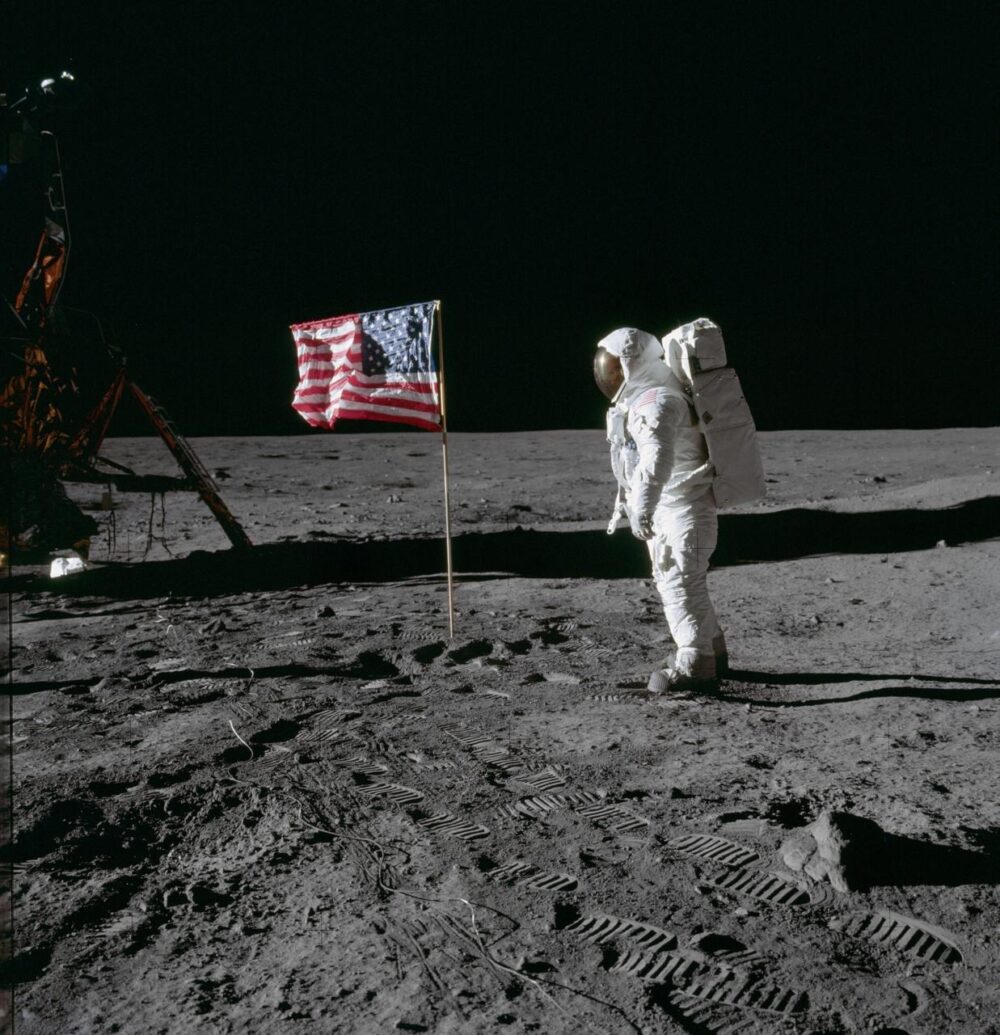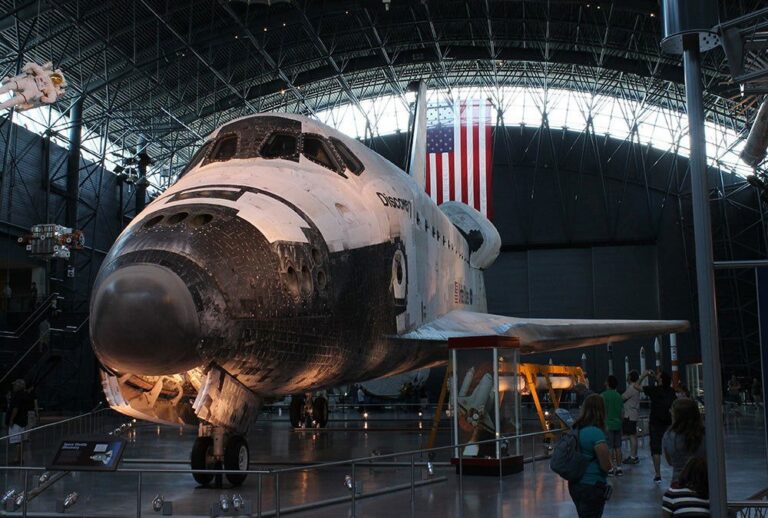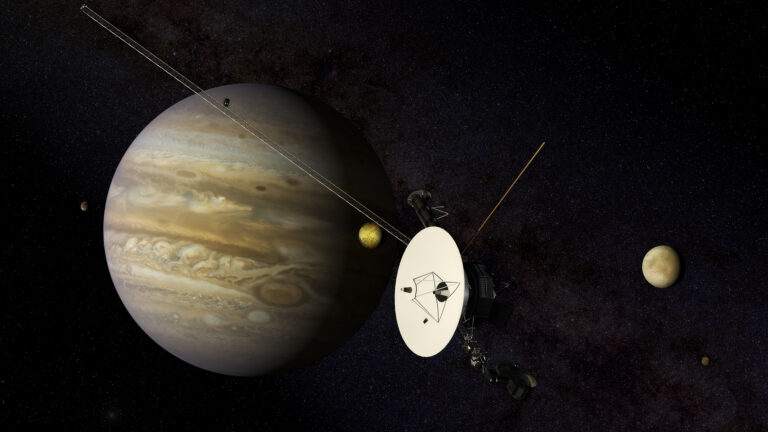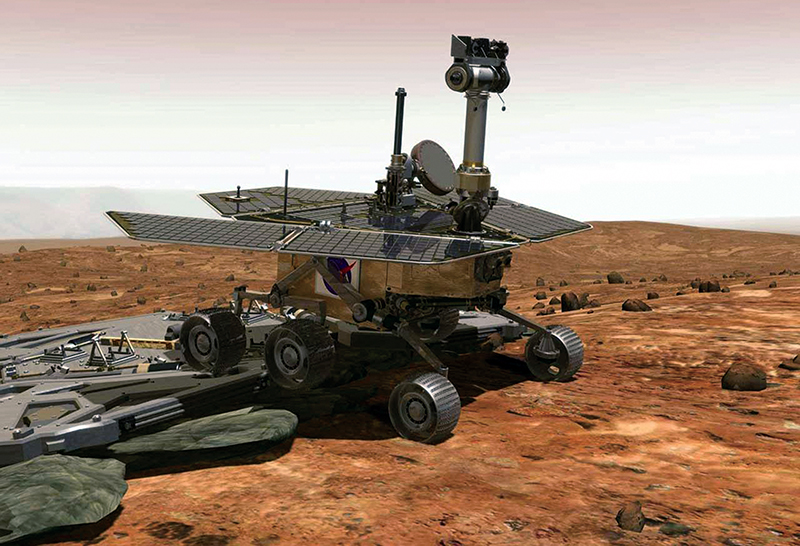Key Takeaways:
You know you don’t need another refrigerator magnet or souvenir shot glass — so why are gift shops so enticing? Owning memorabilia is a way for us to feel connected to things larger than ourselves, whether it’s our favorite baseball teams, vacation destinations, or concerts.
“When you look at memorabilia, you get a sense of the kinds of things that people wanted to have a souvenir of, in the kind of original French sense of the word, as a way to go back or a way to remember,” says Weitekamp, the curator of space memorabilia at the National Air and Space Museum.
The Apollo missions were no exception. The Apollo program — and especially the first Moon landing — captured imaginations and spawned memorabilia across the globe. Consider postage stamps: The U.S. alone has issued at least six stamps honoring Apollo 11, and countries worldwide have issued countless others. “Nations around the world wanted to be able to show that they celebrated this human achievement,” Weitekamp says.
Of course, not all nations were equally eager to plaster their stamps with U.S. astronauts or NASA spacecraft. After all, the space race was one battlefront of the Cold War, and the Soviet Union was busy printing its own postage stamps with the faces of its cosmonauts. And some nations’ stamps depicting the Apollo missions de-emphasized U.S.-specific imagery, like flags, to portray the Moon landings as a general human achievement rather than a specifically American one. “In the issuing of those stamps, there’s some reflection of that broader political context,” Weitekamp says.
These stamps, curated from the author’s personal collection, represent just a few examples of the diverse stamps that were created to commemorate Apollo.
Clockwise from left:
REPUBLIC OF MALI, 1973 An astronaut climbs down to the Moon’s surface from the lunar module, which prominently displays a U.S. flag. The stamp also shows the Apollo 11 mission patch in the upper left corner. The message “First landing on the Moon” is in French along the right.
THE REPUBLIC OF MALDIVES, 2017 This recent stamp prominently displays former President John F. Kennedy, as well as the command/service module, the lunar module, and the Moon.
ANTIGUA, 1968 This stamp highlights the country’s connection to the Apollo missions via the Dow Hill Tracking Station, which monitored Apollo spacecraft.
GRENADA, CIRCA 1970 An Apollo astronaut collects a rock sample on the Moon with the lunar module and Earth in the background. Across the top it reads, “We came in peace for all mankind.”
SOVIET UNION, CIRCA 1975 This stamp commemorates the Apollo-Soyuz Test Project of 1975, when an Apollo spacecraft docked with a Soviet Soyuz spacecraft in a symbolic step toward international cooperation in space. The stamp was illustrated by the Soyuz Commander Aleksei Leonov.











